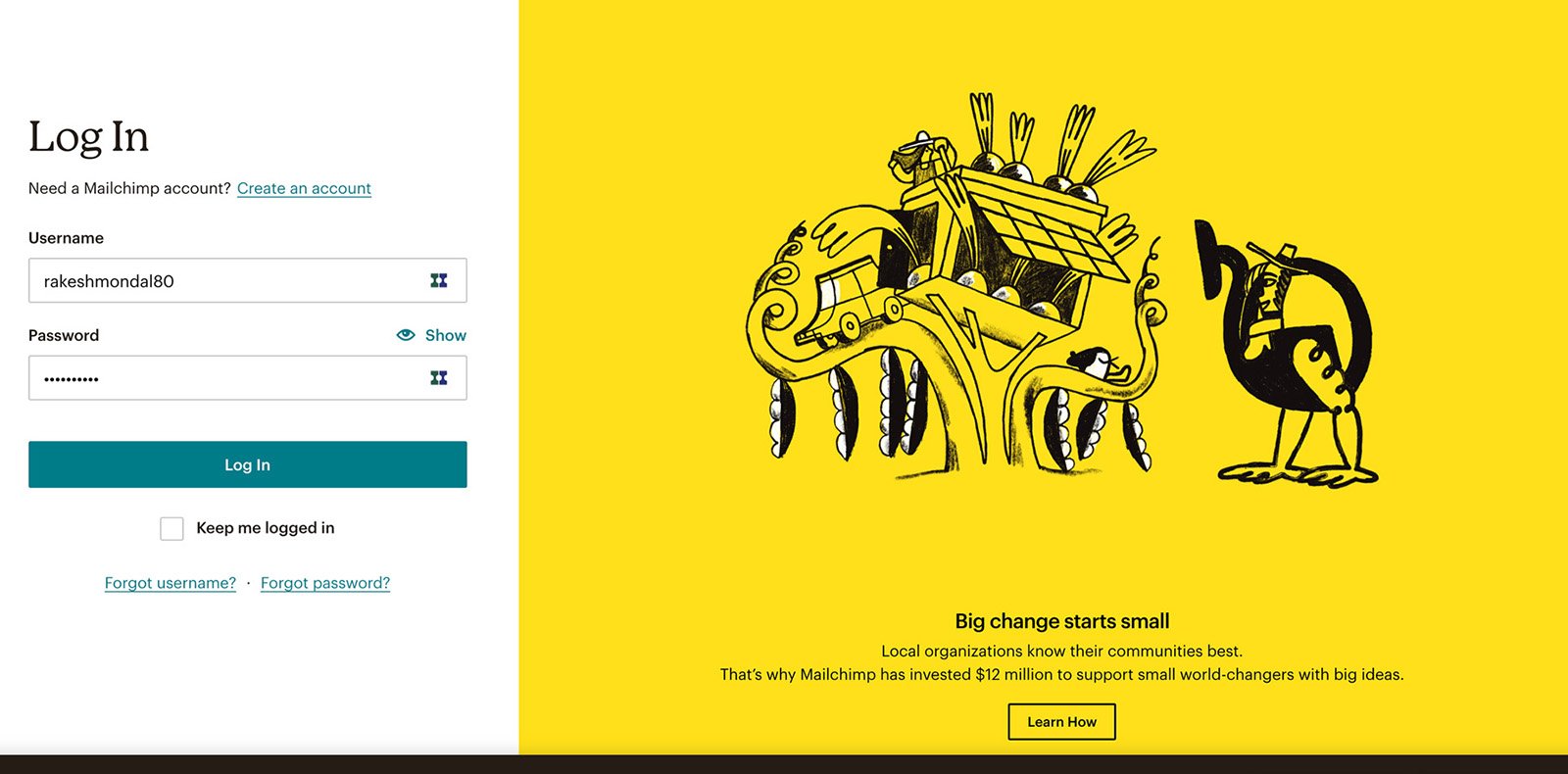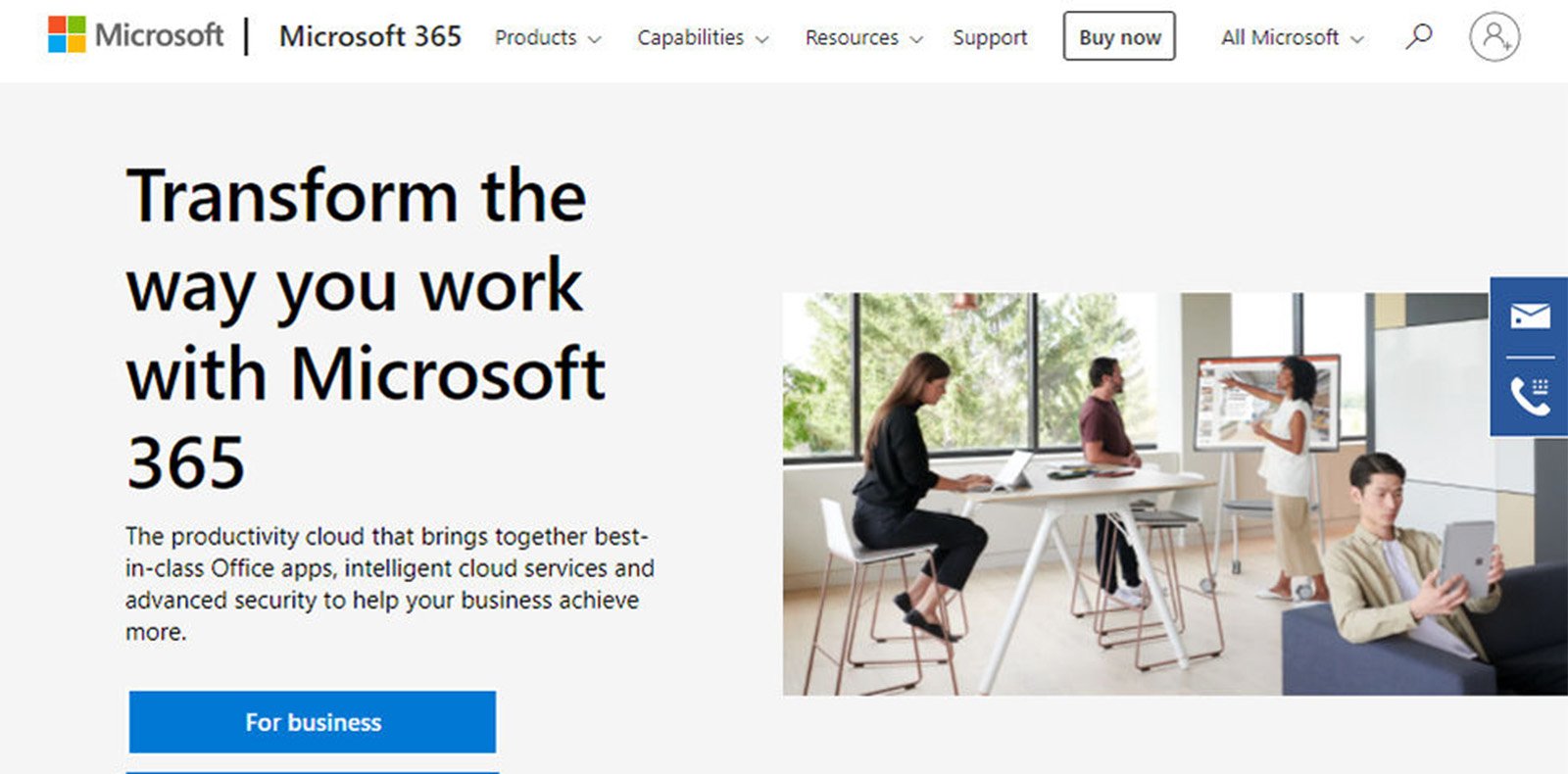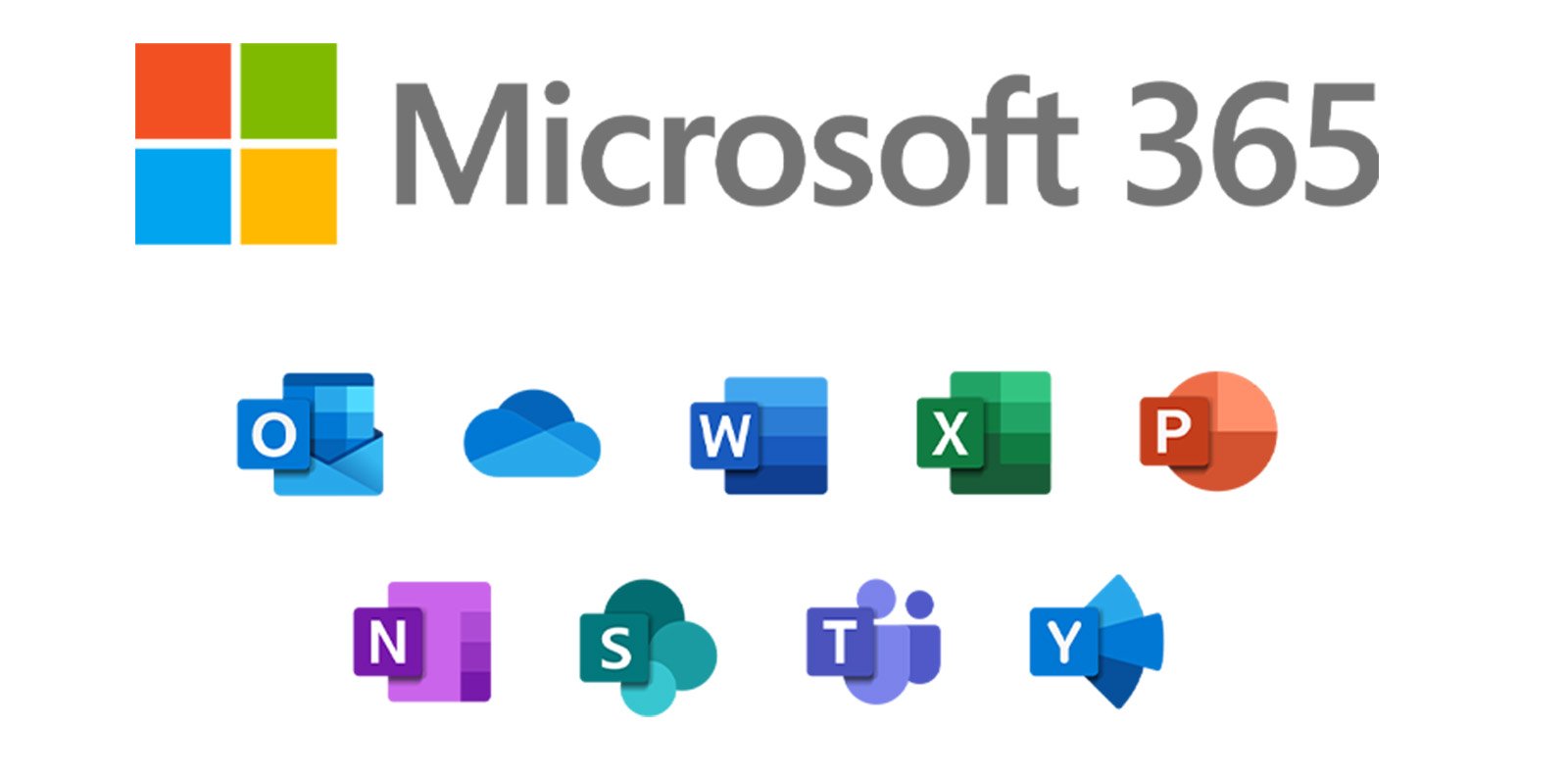Unveiling Microsoft 365
Microsoft 365 is a comprehensive cross-functional business platform (Keyword: Cross-functional business platforms) that combines familiar Office applications with powerful cloud services and collaboration tools. Whether you’re a small business, a large enterprise, or an individual entrepreneur, Microsoft 365 offers a versatile suite of tools to streamline your operations and boost productivity.


Why Choose Microsoft 365?

Microsoft 365 is a true all-in-one business tool that brings together essential applications like Word, Excel, PowerPoint, and Outlook, along with cloud storage, communication tools, and advanced security features. This integrated approach eliminates the need for multiple disconnected solutions, simplifying your technology stack.
Designed as scalable business software, Microsoft 365 can grow with your business. Its flexible pricing plans and cloud-based architecture allow you to easily add or remove users as your team expands or contracts, ensuring you only pay for what you need.

Microsoft 365 excels at facilitating collaboration and productivity within teams. Tools like Teams, SharePoint, and OneDrive make it easy to share files, communicate in real-time, and collaborate on projects, making it an excellent collaboration tool for teams (Keyword: Collaboration tools for teams) of all sizes.
With its deep integration into the Microsoft ecosystem, Microsoft 365 offers a seamless experience for users already familiar with Office applications. This familiarity reduces the learning curve and facilitates rapid adoption across your organization.

Unveiling Canva Design Like a Pro on a Budget In today's digital age, a captivating online presence is crucial for businesses of all sizes. But.

Unveiling MailChimp Elevate Your Email Marketing Game on Any Budge In today’s digital landscape, effective email marketing is vital for businesses to connect with their.

Integrate with tools like Asana, Trello, or Monday.com to manage projects, assign tasks, and track progress directly within Teams.
Connect Microsoft 365 with CRM systems like Salesforce or Dynamics 365 to manage customer interactions, track leads, and automate sales processes.
Integrate with marketing automation platforms like Mailchimp or HubSpot to create and manage email campaigns, track customer engagement, and nurture leads within Microsoft 365.

Connect with accounting software like QuickBooks or Xero to streamline financial processes, manage invoices, and track expenses directly from Microsoft 365.
Integrate with Power BI to transform data from Microsoft 365 applications and external sources into interactive dashboards and reports, providing valuable insights for data-driven decision-making.
Connect with communication tools like Slack or Zoom to expand communication options and enable seamless collaboration within Microsoft Teams.
A Visual Guide
Microsoft 365 offers a comprehensive suite of applications and services, including:

Access the latest versions of Word, Excel, PowerPoint, Outlook, and other Office apps for creating and editing documents, spreadsheets, presentations, and emails.
Store and share files securely with OneDrive for Business and SharePoint, enabling seamless collaboration and access from anywhere.
Leverage tools like Teams, Skype for Business, and Yammer for real-time communication, video conferencing, and team collaboration.

Utilize Planner and To-Do for organizing projects, assigning tasks, and tracking progress, offering comprehensive project management solutions.
Gain insights and make data-driven decisions with Power BI, Excel, and other analytics tools.
Benefit from advanced security features, such as multi-factor authentication, data loss prevention, and compliance tools to protect your business data.
Microsoft 365 prioritizes a familiar and intuitive user experience, leveraging the well-known Office interface that millions of users are already accustomed to. Key features of the user experience include:

The deep integration between Microsoft 365 applications ensures a cohesive experience, enabling you to work efficiently across different tools.

This plan provides access to web and mobile versions of Office apps, email and calendar services, and online storage and file-sharing capabilities.
In addition to the features of Business Basic, this plan includes desktop versions of Office apps, advanced security features, and support for videoconferencing and other collaboration tools.
Designed for larger businesses, this plan offers additional capabilities such as advanced analytics tools, customer relationship management (CRM) features, and increased cloud storage.
For large enterprises with specific requirements, Microsoft 365 offers customizable enterprise plans with dedicated support, advanced security features, and tailored pricing based on the organization’s needs.
-Email and Collaboration: They transitioned to Microsoft 365 Mail for secure email communication and utilized Microsoft 365 Cliq for real-time collaboration on client projects.
-Improved Collaboration: Microsoft 365 fostered seamless communication and real-time project updates.
-Enhanced Efficiency: Streamlined workflows and centralized document management minimized wasted time.
-Increased Client Satisfaction: Improved communication and project visibility led to happier clients.
-Company: XYZ E-commerce (75 employees)
-Challenge: XYZ experienced rapid growth, straining on-premise communication and storage infrastructure. Security concerns also arose with a dispersed workforce.
-Solution: XYZ implemented Microsoft 365, a scalable business software solution.
-Scalable Infrastructure: The cloud-based nature of Microsoft 365 is readily scaled to accommodate their growing team.
-Enhanced Communication: Teams facilitated secure communication between departments and remote employees.
-Advanced Security: Multi-factor authentication and data encryption features within Microsoft 365 ensured robust data protection.
-Business Intelligence: Power BI integration allowed them to gather data-driven insights for informed decision-making.
-Improved Scalability: Microsoft 365 easily accommodated their growing workforce.
-Enhanced Security: Robust security features ensured data protection and compliance.
-Data-Driven Decision Making: Power BI provided valuable insights for optimizing marketing campaigns and product offerings.
+1 (704) 430-6476
info@scumscenariomaster.com
Copyright © 2024 Apprentistly